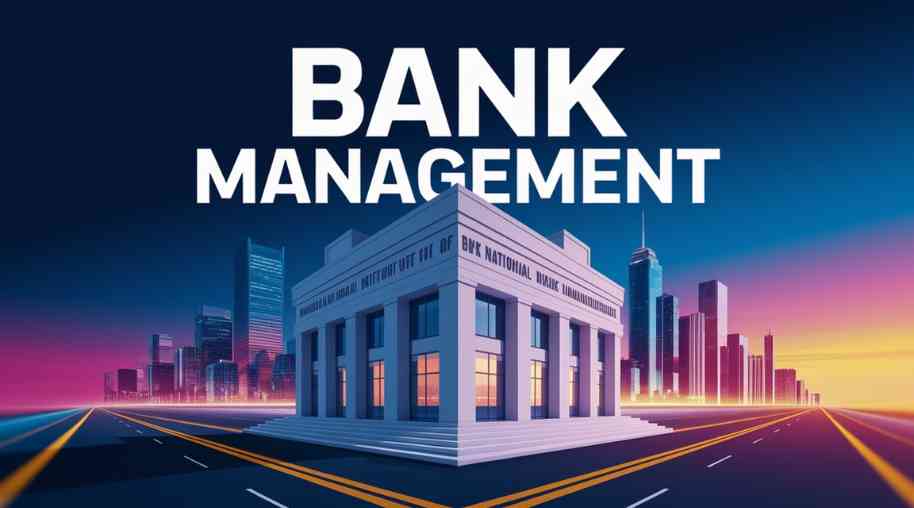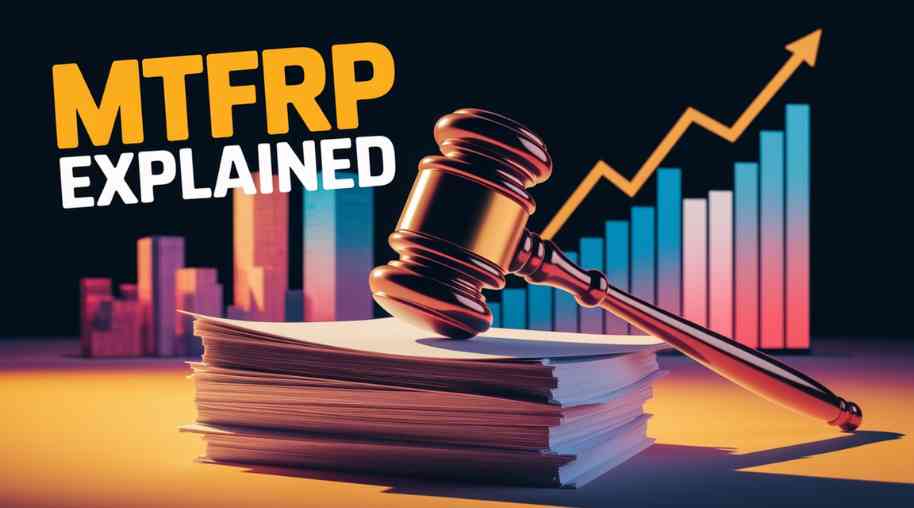IRF Full Form-Interest Rate Futures
by Shashi Gaherwar
0 1810
Interest Rate Futures: A Comprehensive Guide to Managing Interest Rate Risk
Interest rate futures (IRFs) are financial derivatives that allow investors and institutions to hedge against interest rate fluctuations. These standardized futures contracts are traded on exchanges and derive their value from an underlying fixed-income security or benchmark interest rate.

By using interest rate futures, market participants can protect themselves against adverse interest rate movements, speculate on rate changes, and enhance portfolio stability. This article explores the structure, types, trading strategies, benefits, and risks of interest rate futures in modern financial markets.
What Are Interest Rate Futures?
Interest rate futures are standardized contracts that obligate the buyer to purchase or the seller to sell a fixed-income security at a predetermined price on a future date. These contracts are primarily used for hedging interest rate risk or speculating on future interest rate movements.
Key Features of Interest Rate Futures:
- Underlying Asset: Typically government bonds, Treasury bills, or benchmark interest rates like LIBOR, SOFR, or MIBOR.
- Standardization: Traded on regulated exchanges with predefined contract specifications.
- Leverage: Allows traders to control large positions with a fraction of the capital.
- Margin Requirement: Traders must maintain a minimum margin balance with the exchange.
- Mark-to-Market: Profits and losses are settled daily to reflect market movements.
Types of Interest Rate Futures
Interest rate futures can be classified based on their underlying instruments:
Short-Term Interest Rate Futures (STIRs)
- Based on benchmark short-term interest rates such as the London Interbank Offered Rate (LIBOR), Secured Overnight Financing Rate (SOFR), or Mumbai Interbank Offer Rate (MIBOR).
- Common contracts: Eurodollar futures, SOFR futures, and MIBOR futures.
- Used by banks and corporations to hedge short-term funding costs.
Long-Term Interest Rate Futures
- Based on long-term government bonds like U.S. Treasury bonds (T-bonds), German Bunds, or Indian Government Securities (G-Secs).
- Popular contracts: U.S. Treasury bond futures, German Bund futures, Indian G-Sec futures.
- Used to manage long-term interest rate exposure for pension funds, insurers, and institutional investors.
How Interest Rate Futures Work
Example:
- A bond investor holds a portfolio of 10-year U.S. Treasury bonds and is concerned about rising interest rates reducing bond prices. To hedge against this risk, the investor sells Treasury bond futures. If interest rates rise and bond prices fall, the loss on the bond portfolio is offset by a gain on the short futures position.
Trading Process:
- Select the appropriate futures contract based on the interest rate risk exposure.
- Determine contract size and margin requirements as specified by the exchange.
- Initiate a buy (long) or sell (short) position based on expected interest rate movements.
- Monitor market movements and margin calls for daily settlement adjustments.
- Exit the position before contract expiration to realize gains or losses.
Trading Strategies Using Interest Rate Futures
Hedging
- Investors use interest rate futures to protect against adverse movements in interest rates.
- Example: A bank with floating-rate liabilities can buy short-term interest rate futures to hedge against rising borrowing costs.
Speculation
- Traders take positions based on anticipated interest rate movements to profit from market fluctuations.
- Example: If an investor expects rates to fall, they can buy Treasury bond futures to benefit from increasing bond prices.
Arbitrage
- Investors exploit price differences between futures and underlying interest rates.
- Example: A trader can simultaneously buy cash bonds and sell bond futures to profit from price misalignments.
Benefits of Interest Rate Futures
- Effective Risk Management: Provides a powerful tool to hedge interest rate exposure, reducing financial uncertainty.
- Liquidity and Transparency: Traded on regulated exchanges, ensuring high liquidity and fair pricing.
- Leverage for Capital Efficiency: Requires a lower margin deposit than the actual bond market, allowing for greater capital efficiency.
- Lower Transaction Costs: Compared to trading physical bonds, futures involve lower brokerage fees and faster execution.
- Price Discovery: Futures markets provide insight into interest rate expectations, helping policymakers and investors make informed decisions.
Risks of Interest Rate Futures
- Market Volatility: Interest rate fluctuations can cause unexpected losses, especially for speculative traders.
- Margin Calls: If a futures position moves against an investor, they must deposit additional margin, leading to liquidity pressure.
- Basis Risk: The movement of futures prices may not perfectly correlate with the underlying interest rate changes, creating hedging inefficiencies.
- Regulatory Risks: Futures markets are subject to government policies, central bank decisions, and regulatory changes that impact pricing and liquidity.
- Leverage Risk: While leverage amplifies gains, it also magnifies potential losses, increasing financial exposure.
Interest rate futures play a critical role in modern financial markets, enabling investors to hedge risk, speculate on interest rates, and enhance capital efficiency. Their standardized nature, high liquidity, and cost-effectiveness make them a preferred tool for banks, corporations, and institutional investors.
However, traders must understand the risks involved, including market volatility, leverage exposure, and basis risk. With proper risk management strategies, interest rate futures can be a valuable instrument for navigating the complexities of the global financial landscape.
As central banks adjust monetary policies and interest rate cycles shift, interest rate futures will remain a key financial derivative for managing uncertainty and optimizing investment strategies.
Further Learning Resources
If you’re passionate about building a successful blogging website, check out this helpful guide at Coding Tag – How to Start a Successful Blog. It offers practical steps and expert tips to kickstart your blogging journey!
For dedicated UPSC exam preparation, we highly recommend visiting www.iasmania.com. It offers well-structured resources, current affairs, and subject-wise notes tailored specifically for aspirants. Start your journey today!

Share:








Comments
Waiting for your comments